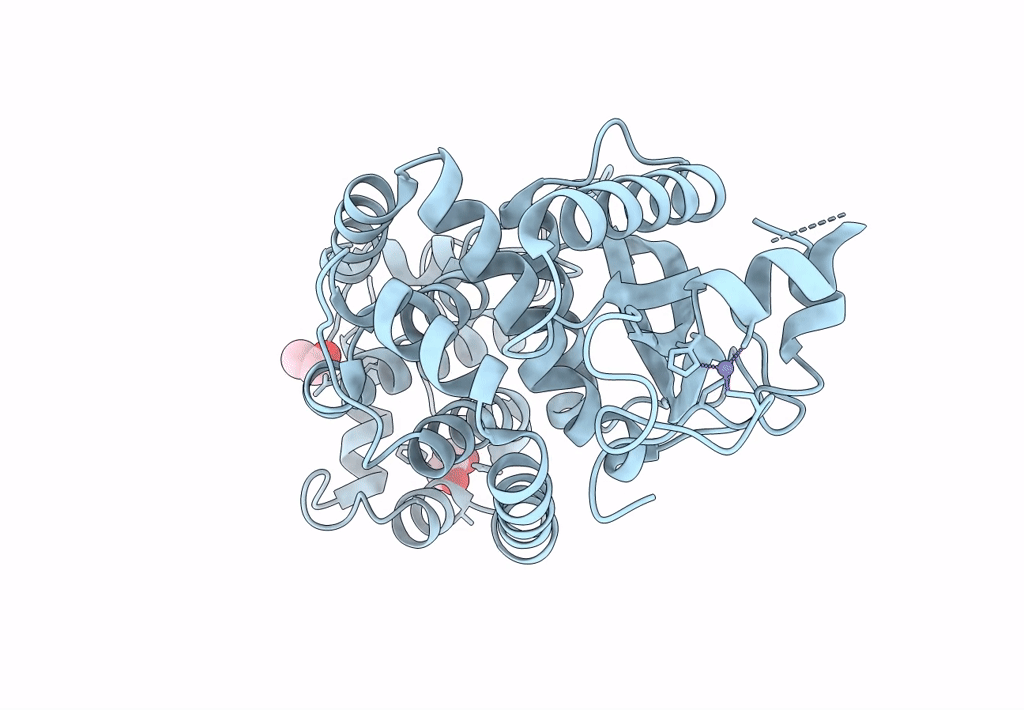
Deposition Date
2022-09-24
Release Date
2023-10-04
Last Version Date
2024-04-17
Method Details:
Experimental Method:
Resolution:
1.80 Å
R-Value Free:
0.22
R-Value Work:
0.19
R-Value Observed:
0.19
Space Group:
I 2 2 2


